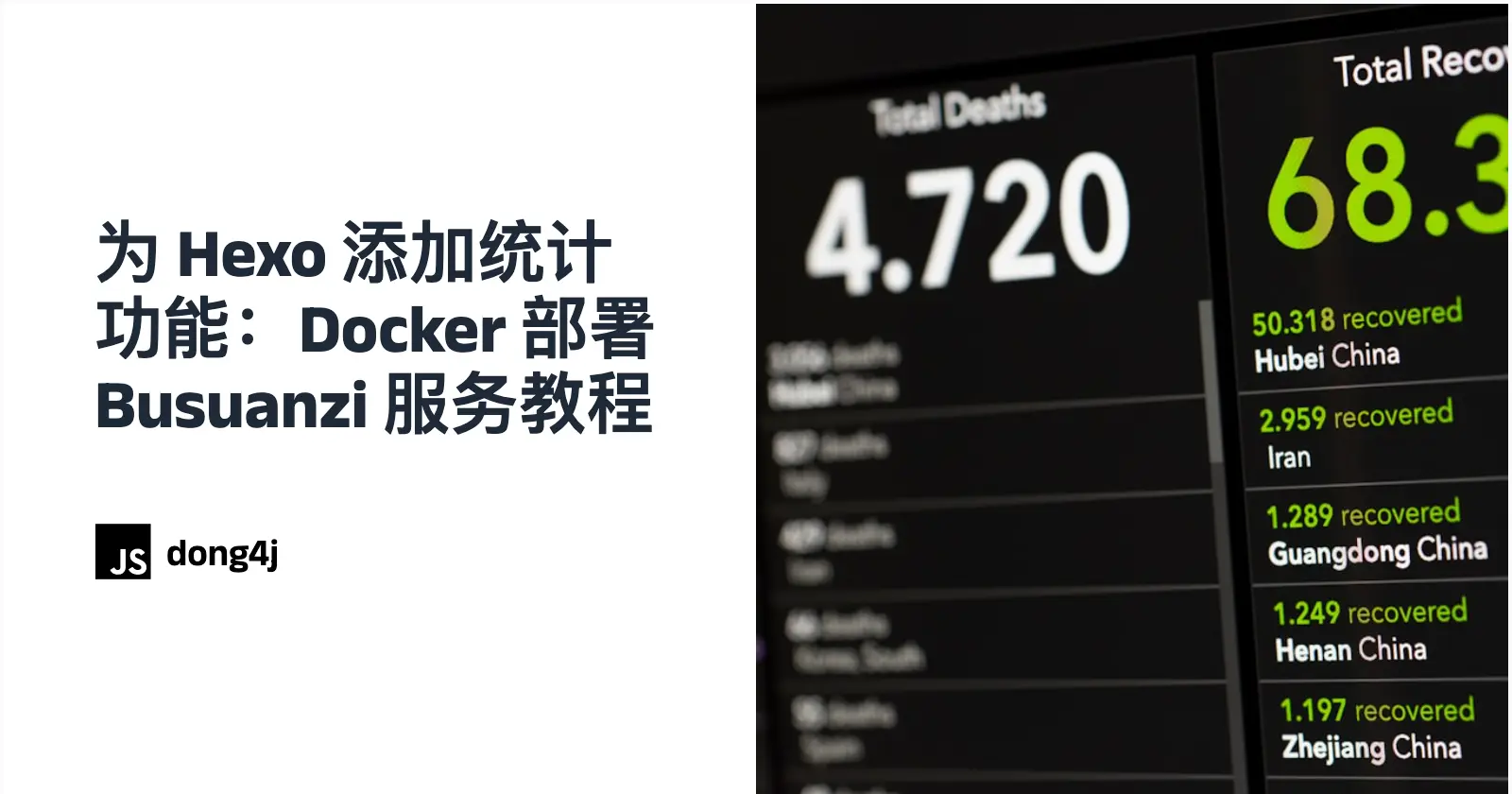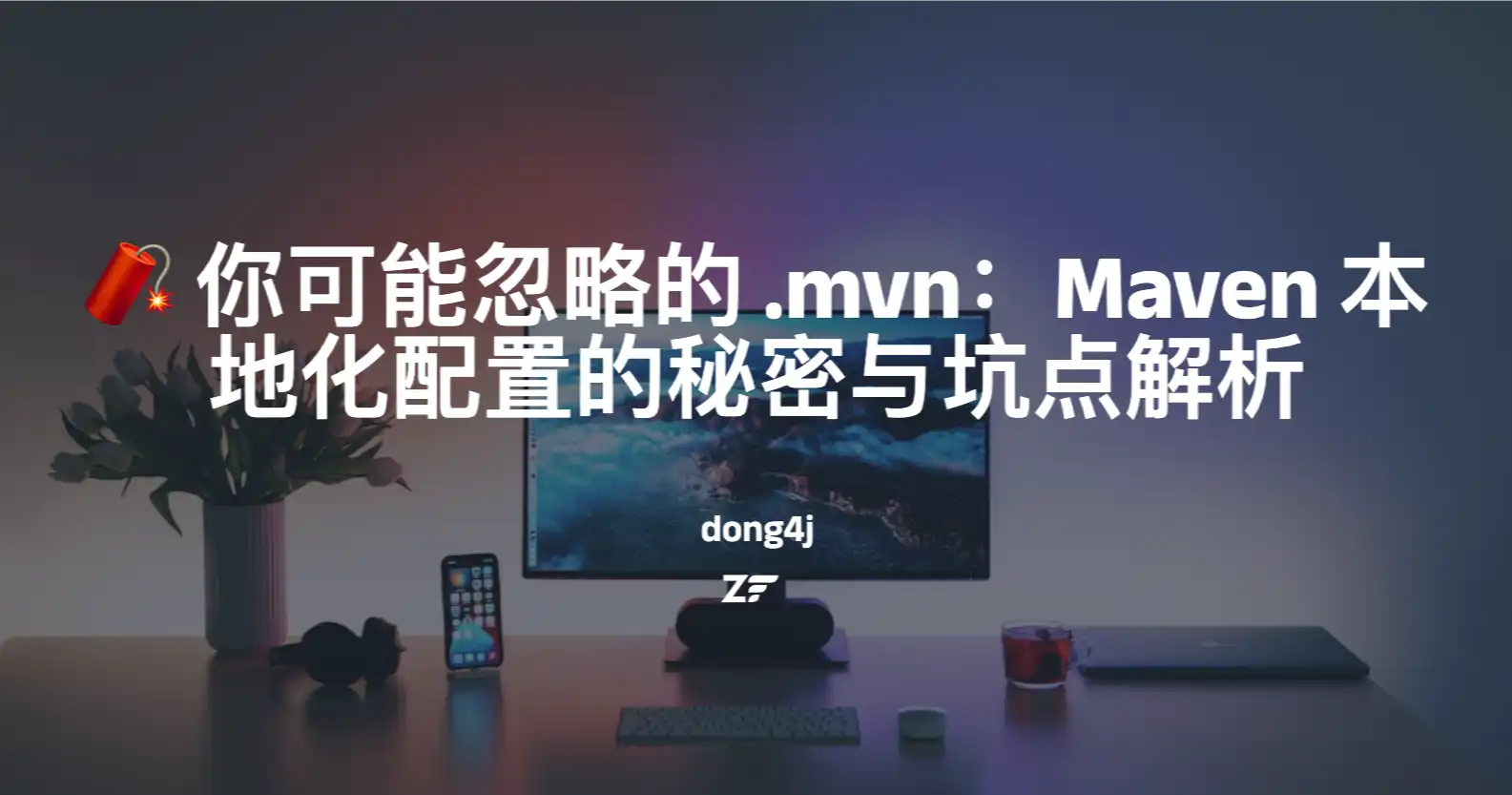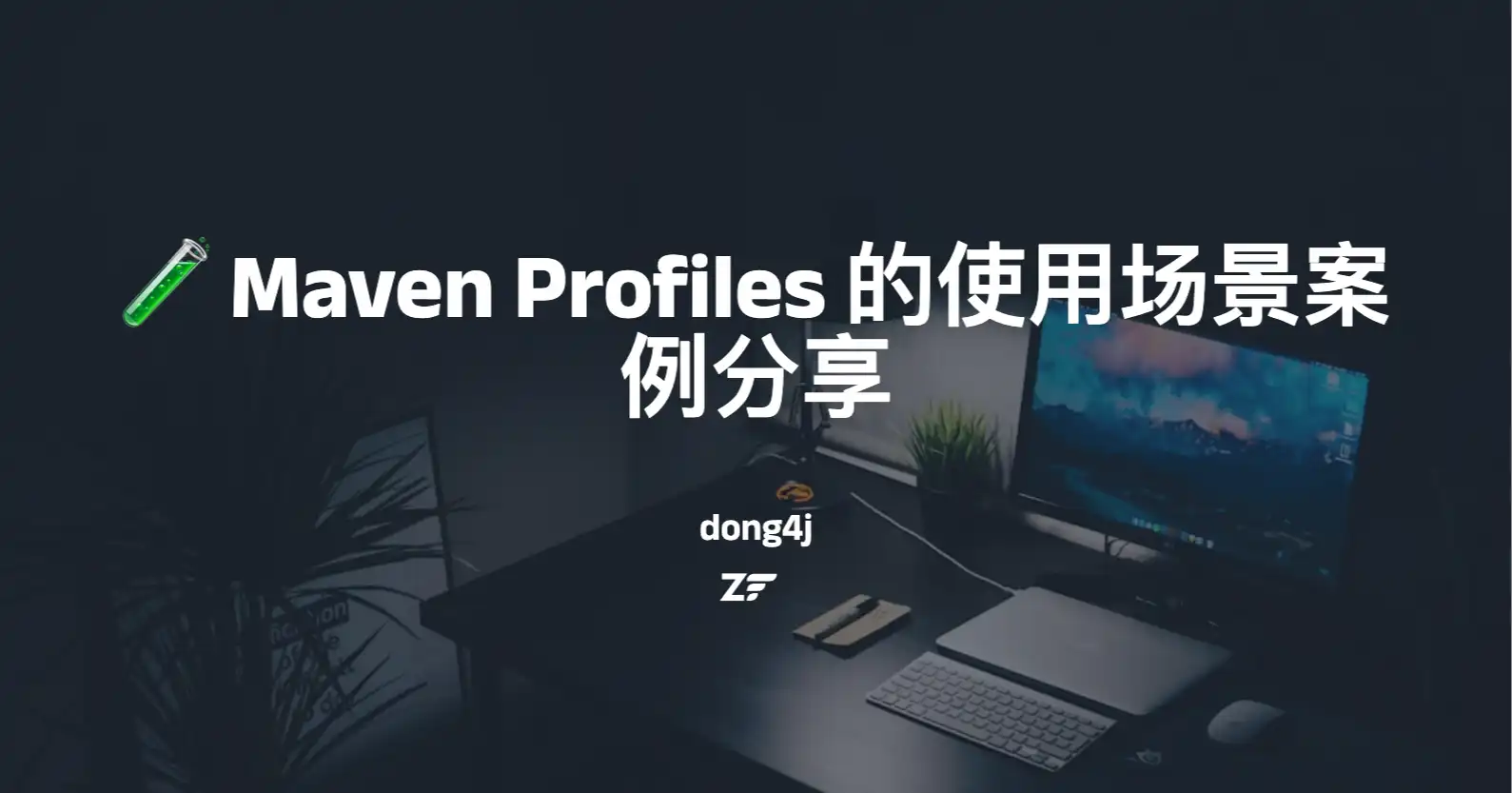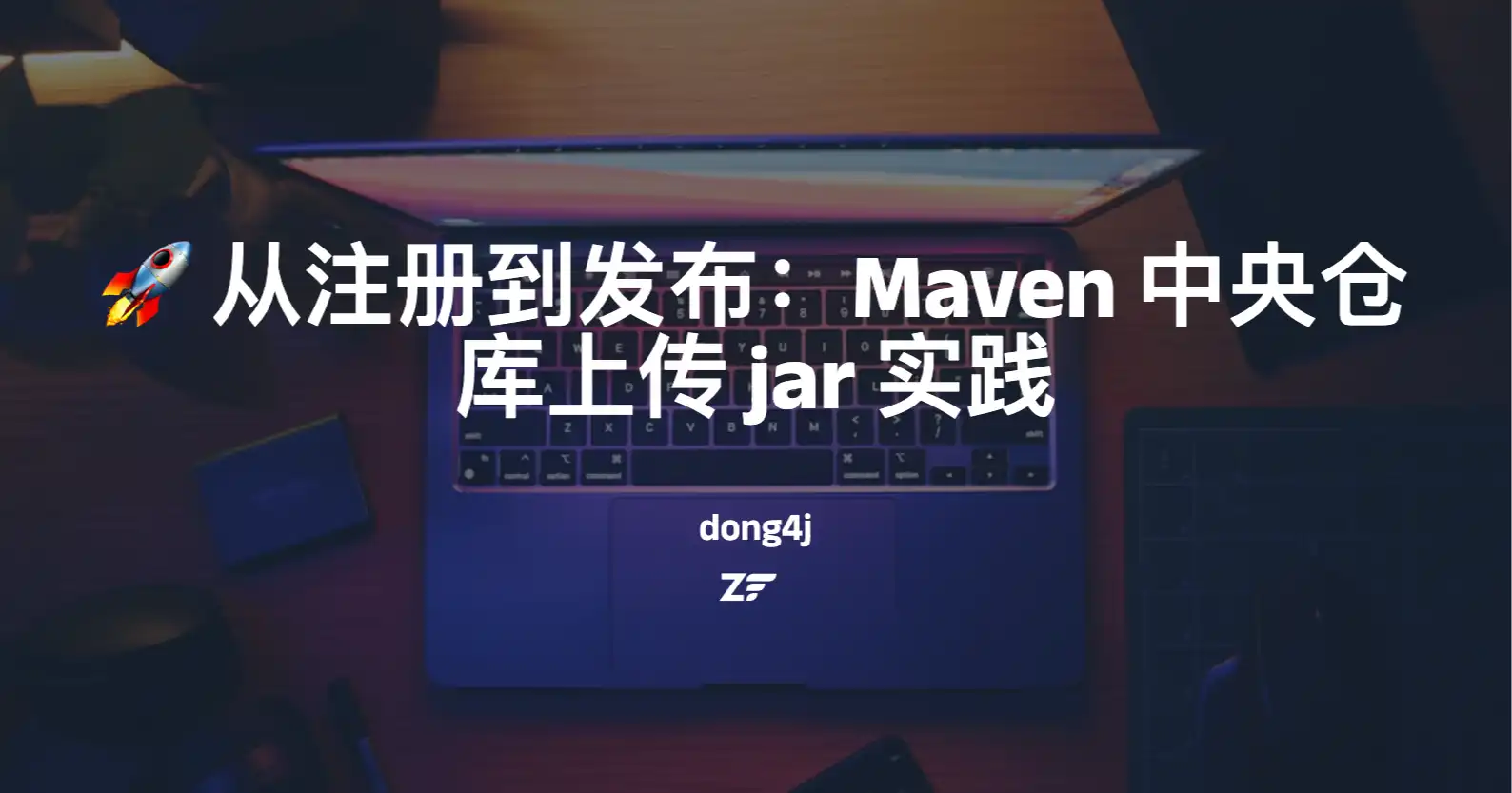从零开始开发一个 Hexo 插件:以 hexo-plugin-llmstxt 为例
摘要助手
切换
SummaryGPT
AI 初始化中...
介绍自己 🙈
生成摘要 👋
推荐文章 📖
前往主页 🏠
前往订阅 💥
前往评论 💬
Kokoro TTS 🎙️
👀 部署教程
从零开始开发一个 Hexo 插件:以 hexo-plugin-llmstxt 为例
dong4j前言
在 AI 时代,越来越多的开发者开始使用 AI 编程助手来提升开发效率。为了让 AI 更好地理解和学习我们的技术文档,社区提出了 llms.txt 规范。本文将以开发一个生成 llms.txt 的 Hexo 插件为例,介绍 Hexo 插件开发的基本流程。
什么是 llms.txt?
背景
随着 ChatGPT、Claude 等大语言模型的普及,越来越多的开发者开始使用 AI 编程助手。但是这些 AI 助手在访问网站内容时,往往需要处理复杂的 HTML 结构,这不仅增加了处理成本,还可能影响理解的准确性。
llms.txt 规范
llms.txt 类似于 robots.txt,它是一个专门为 AI 准备的纯文本格式的站点内容索引。通过提供结构化的纯文本内容,可以帮助 AI 更好地理解和学习网站的内容。
主要特点:
- 纯文本格式,易于解析
- 包含文章的标题、描述和链接
- 可选包含完整的文章内容
- 支持 Markdown 格式
查看本站的 llmx.txt 和 llmx-full.txt
Hexo 插件开发基础
插件类型
Hexo 支持多种类型的插件:
- Generator:用于生成静态文件
- Renderer:用于渲染文件
- Helper:用于辅助模板渲染
- Deployer:用于部署
- Processor:用于处理源文件
- Tag:用于在文章中插入特定内容
- Console:用于添加控制台命令
我们的 llms.txt 生成插件属于 Generator 类型。
基本结构
一个典型的 Hexo 插件目录结构如下:
1 | . |
插件命名规范
Hexo 插件的命名需要遵循以下规则:
- 以
hexo-开头 - 全小写
- 使用连字符(-)连接单词
实战:开发 hexo-plugin-llmstxt
1. 初始化项目
首先创建项目目录并初始化:
1 | mkdir hexo-plugin-llmstxt |
2. 编写 package.json
1 | { |
3. 实现核心功能
在 index.js 中实现插件的核心功能:
1 | ; |
4. 处理文章内容
1 | // 处理每篇文章 |
5. 文件生成
1 | // 写入文件 |
开发过程中的注意事项
错误处理
- 确保目录存在
- 处理文件写入错误
- 添加调试日志
配置处理
- 提供默认值
- 支持用户自定义
- 配置项文档化
文件路径
- 使用
path.join处理路径 - 考虑跨平台兼容性
- 使用
性能优化
- 避免重复操作
- 合理使用内存
代码风格
- 遵循 JavaScript 规范
- 添加适当的注释
- 保持代码整洁
测试和发布
本地测试
在本地 Hexo 项目中使用 npm link:
1
2
3
4cd hexo-plugin-llmstxt
npm link
cd /path/to/hexo/project
npm link hexo-plugin-llmstxt运行 Hexo 命令测试:
1
2hexo clean
hexo generate
发布到 NPM
登录 NPM:
1
npm login
发布包:
1
npm publish
源码:
https://github.com/dong4j/hexo-plugin-llms
参考资料
评论
匿名评论隐私政策
✅ 你无需删除空行,直接评论以获取最佳展示效果



























